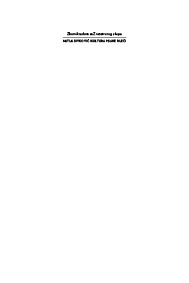O stilu i jeziku Divkovićeva djela Sto čudesa
On the style and language of Sto čudesa by Matija Divković
Author(s): Marijana Horvat, Sanja Perić Gavrančić
Subject(s): Cultural history, Bosnian Literature, Croatian Literature, 16th Century, 17th Century
Published by: Franjevačka teologija Sarajevo
Keywords: Matija Divković; Sto čudesa aliti znamenja blažene i slavne Bogorodice; One Hundred Miracles or Signs of the Blessed and Glorious Virgin;
Summary/Abstract: The paper analyses selected stylistic and linguistic properties of Divković’s Sto čudesa aliti zlamen’ja blažene i slavne Bogorodice, Divice Marije (1611). Father Matija Divković was the founder of Bosnian literature, and paved the way for many later writers in the Bosnian, Herzegovinian and Croatian lands. His popular and widely- read religious and didactic works contributed to the spread of the written Štokavian dialect and infl uenced the standardisation of the Croatian language based on the Štokavian dialect. Divković’s work, therefore, belongs to both Croatian and Bosnian and Herzegovinian culture. He oriented his language aesthetically through traditional poetic devices and rhetorical and stylistic conventions inherited from Latin mediaeval literature, as well as from Croatian mediaeval prose. His relationship towards the original texts shows the author’s ability to articulate religious messages in his own way by selecting from a fund of available possibilities.
Book: Znanstveni skup. Matija Divković i kultura pisane riječi
- Page Range: 185-202
- Page Count: 18
- Publication Year: 2014
- Language: Croatian
- Content File-PDF

